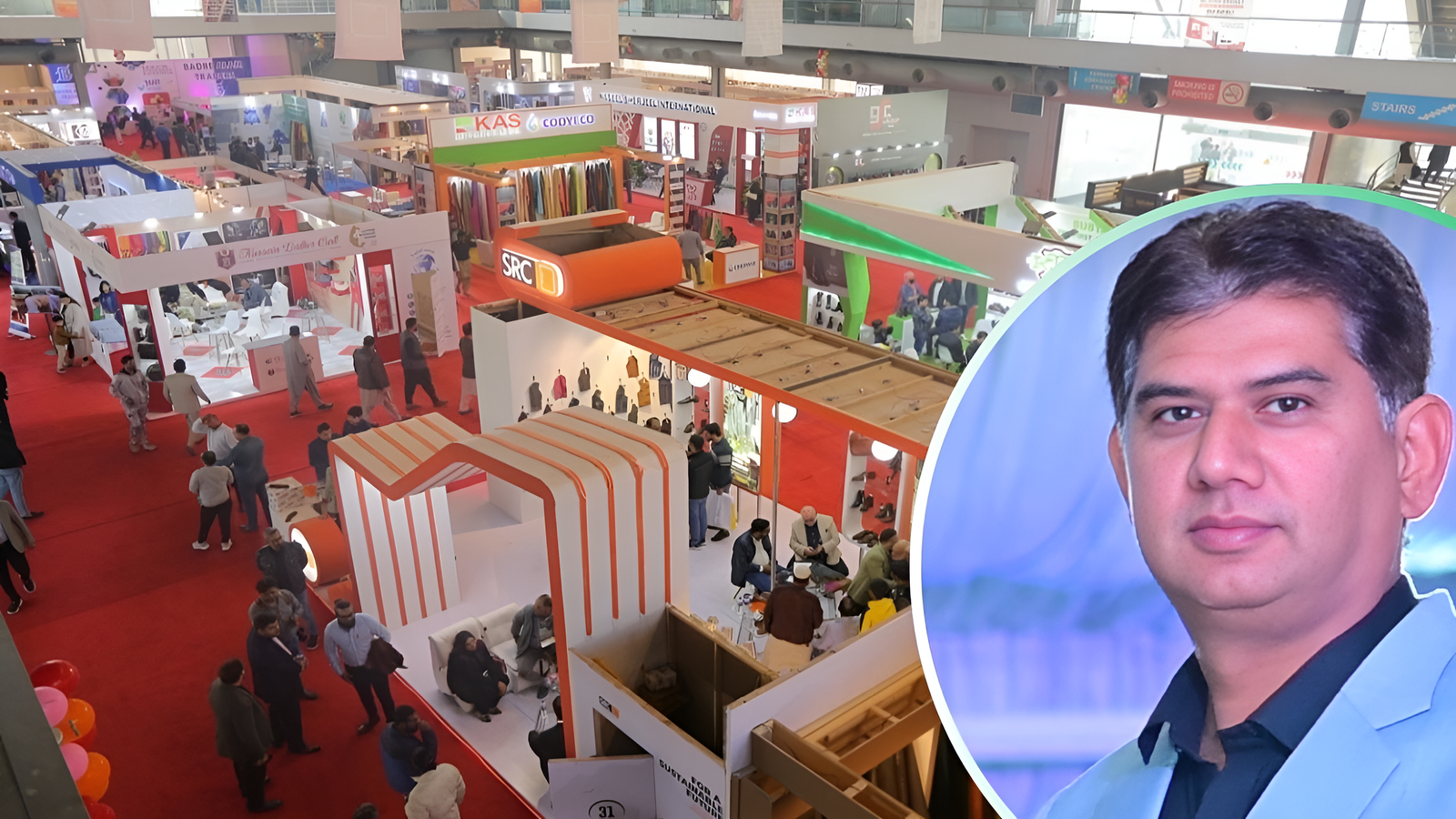A recent survey conducted by the University of Sussex’s Institute of Development Studies has uncovered a disturbing reality in Bangladesh’s leather industry.
More than 25% of the workforce in factories located in Savar’s Hemayetpur, Dhaka’s Hazaribag, and Bhairab in Kishoreganj consists of children below the age of 18. These children, many of them as young as eight years old, are being forced into hazardous labor to support their struggling families.
The survey, which examined 880 workers, revealed that 237 children were compelled to enter the workforce at a young age. Poverty-stricken families, with no other means of survival, often rely on their children’s income.
These young laborers are subjected to some of the worst working conditions, including exposure to harmful chemicals, carrying heavy loads, and operating dangerous machinery—all with little or no protective gear.
“They work up to 14 hours a day, seven days a week during the peak season. Some earn as little as £30 a month, with older children receiving slightly more due to their ability to take on heavier tasks”
Dr. Jody Aked, a technical specialist at the Institute of Development Studies
The situation is particularly alarming, as these children often have no other choice but to work to help their families make ends meet.
Most of these children have suffered personal tragedies, with many losing one or both parents, according to the survey.
In such cases, children are typically pulled from school and sent to work, as families face severe financial crises due to health emergencies or death.
“When there isn’t enough money to pay rent or put food on the table, education becomes a luxury. Work becomes a necessity for these children.”
Dr. Aked
The leather industry is Bangladesh’s second-largest export sector, with annual exports nearing $2 billion. Unfortunately, this success has been built, in part, on the exploitation of child labor.
According to the survey, 34.6% of children in Dhaka’s slums are subjected to the worst forms of child labor, as defined by the International Labor Organization (ILO).
This ongoing exploitation has made it difficult for Bangladesh to transition towards ethical labor practices in its leather sector.
Professor Danny Burns, the lead author of the report, pointed out that many children are migrating into urban settlements, where they become part of the informal workforce. The lack of formal regulation and oversight in these settlements makes them a hotbed for child labor exploitation.
Experts working on the report are urging the government to take immediate action. Afroze, country coordinator for the CLARISSA project, emphasized the need for tighter regulations and more accountability for employers.
She suggested that offering flexible business capital to smaller informal businesses could help them reduce their reliance on child labor.
“Many of these businesses use child labor out of financial necessity, but with the right support, they could transition to more ethical practices”
Jiniya Afroze
Additionally, stricter penalties for companies that abuse or coerce children into long work hours could deter such practices. Afroze believes employer training is also essential to help implement better labor practices in the future.
The survey findings come at a critical time, as Bangladesh’s interim government is still grappling with the aftermath of Prime Minister Sheikh Hasina’s resignation.
Dr. Aked urged the government to work closely with informal businesses in the leather industry to initiate real change.
“These businesses are often disorganized and overlooked by the government, but they are also keen to improve their conditions”
Dr. Aked
Working with these businesses could help address the root causes of child labor and improve the fiscal stability of the industry, ultimately benefiting the children who are currently trapped in dangerous working conditions.
In conclusion, the findings from the University of Sussex’s survey have brought to light the harsh reality faced by thousands of children in Bangladesh’s leather industry. While poverty forces families to send their children to work, the long hours and hazardous conditions they endure are unacceptable.
Urgent action from both the government and the leather industry is needed to stop the exploitation of child labor and create safer, more ethical working environments. With increased accountability, business support, and government collaboration, Bangladesh can begin to tackle this ongoing issue and provide a better future for its young workforce.
You might also like to read – Bangladesh Leather Industry Set for Global Market Share Aims for $5 Billion by 2030: A Detailed Analysis
Read the original story here The Business Standard












